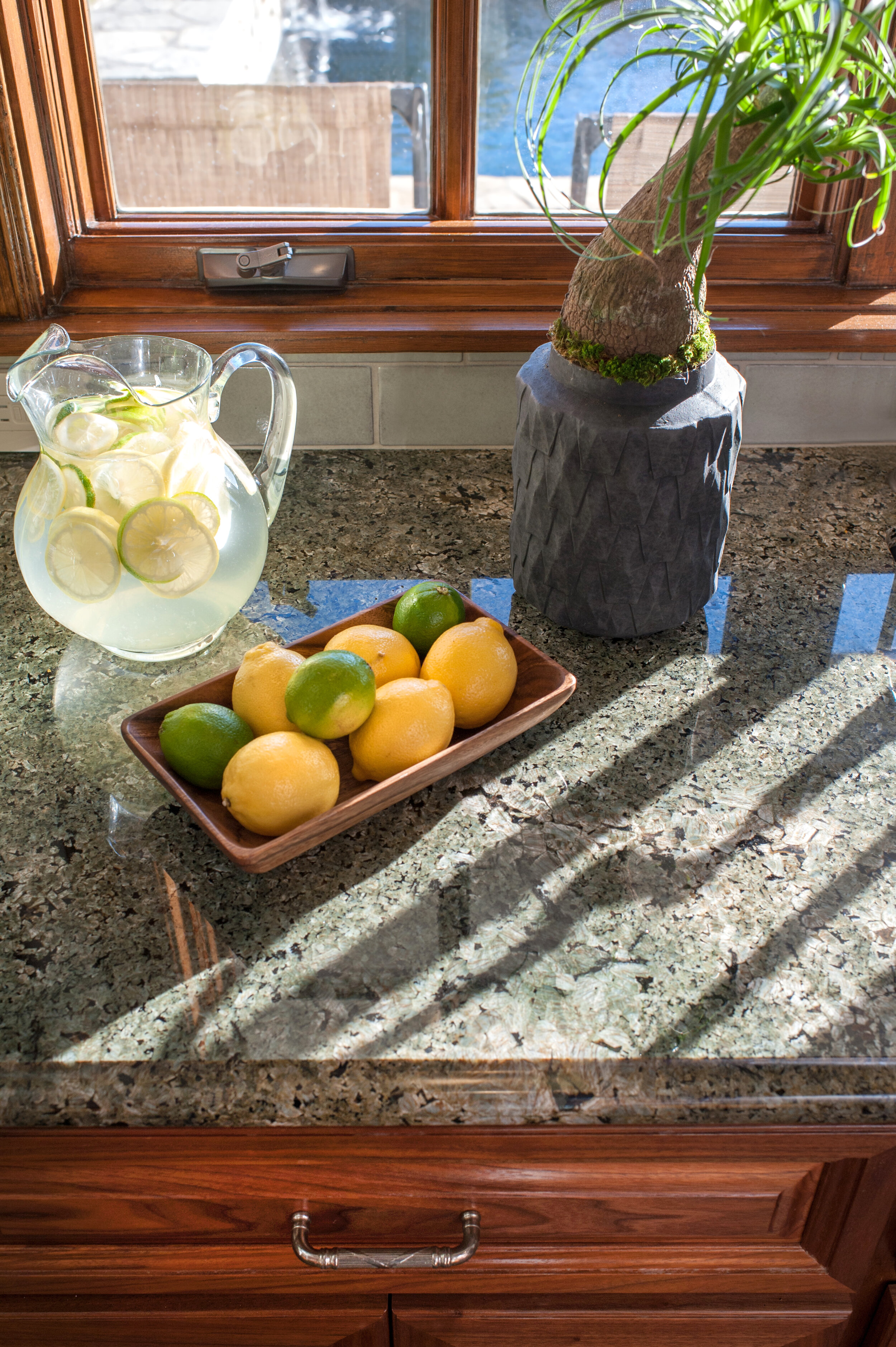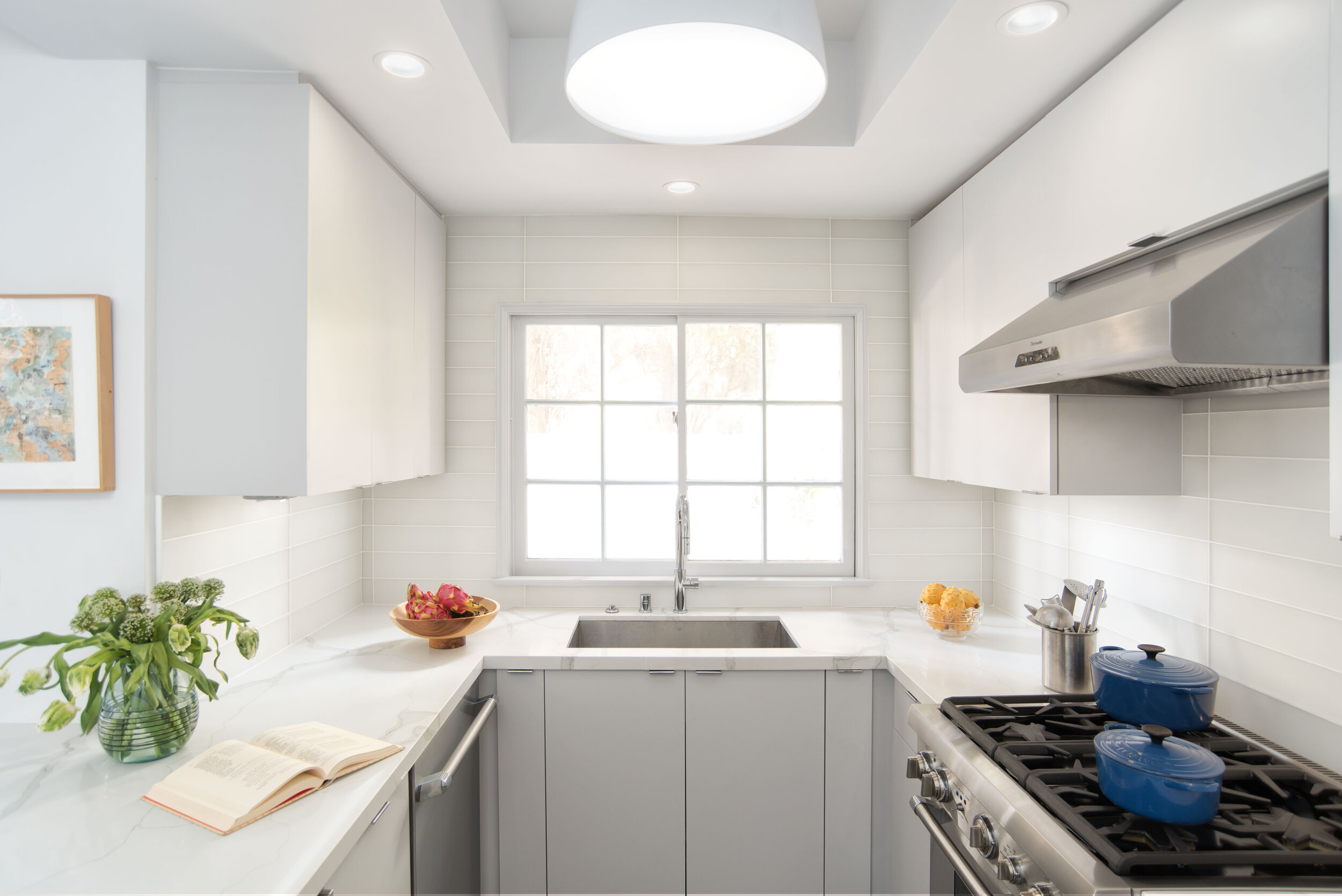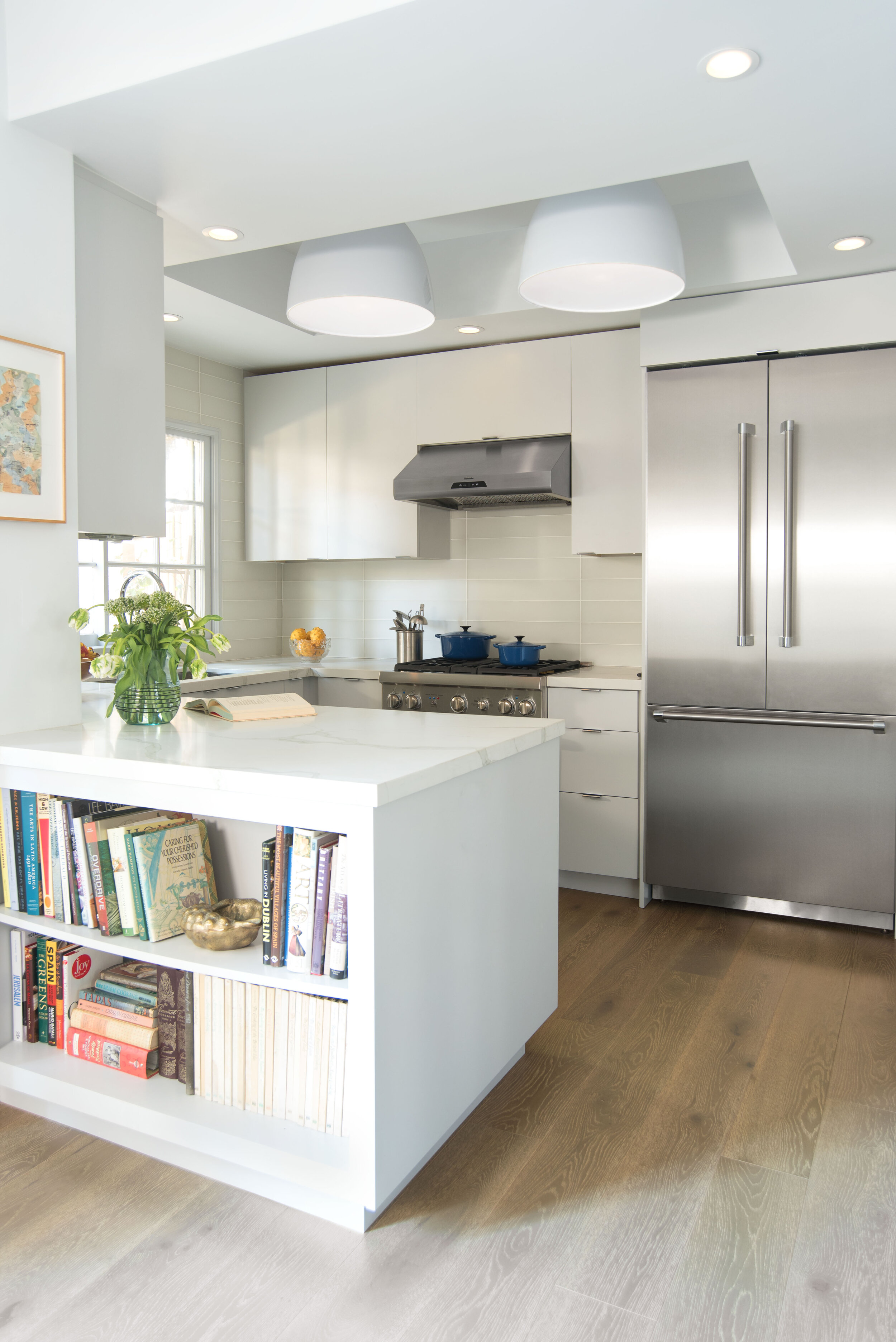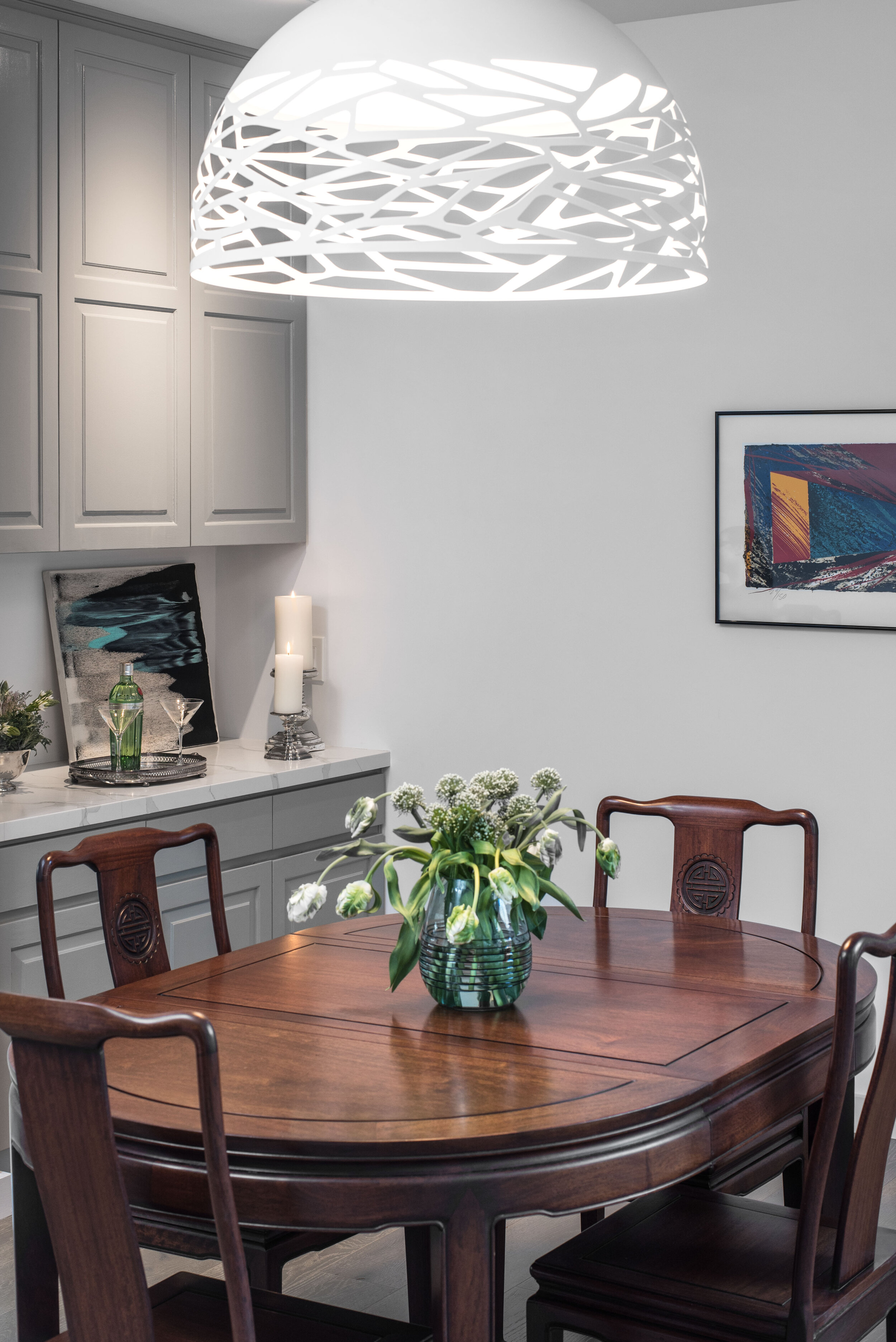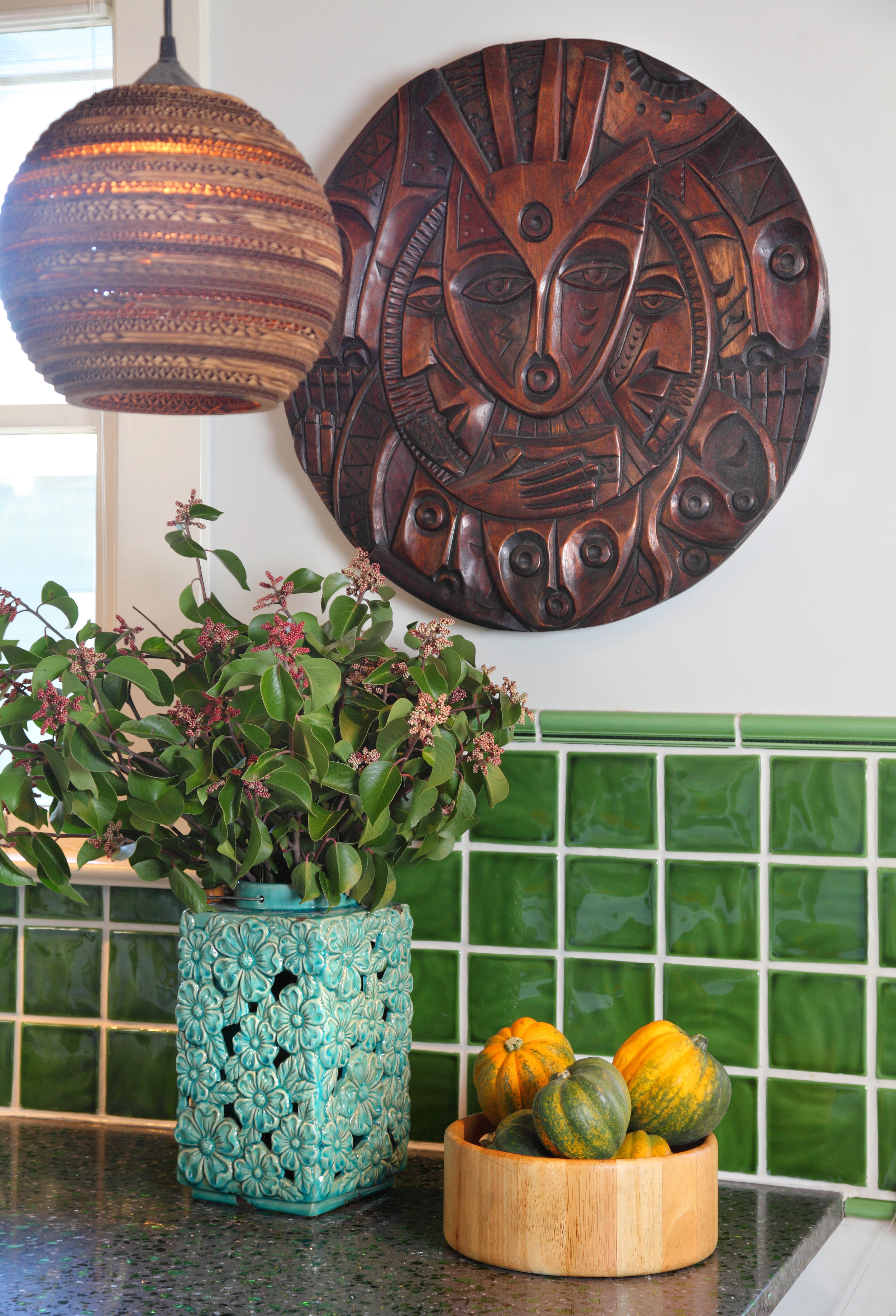Sarah Barnard's Nature Inspired Style: California Flowers, Birds, and Butterflies
/Sarah Barnard, WELL + LEED AP, loves to incorporate the beauty of nature into her interior design projects. The Los Angeles-based designer believes biophilic design forms a powerful indoor-outdoor connection that can create healing, peaceful, and rejuvenating spaces within our homes.
This mood board, created while developing an original Matilija Poppy fabric print for Kale Tree (the product design studio of Sarah Barnard Design), captures the process of designing luxury home goods incorporating biophilic design. Kale Tree often works with local artisans to create textile, wallpaper, and rug designs inspired by native Californian flora, fauna, and the natural landscapes surrounding Los Angeles. Color, texture, and material all play a vital role in capturing the joyful beauty of a Matilija Poppy blooming in spring, bringing the beauty of the natural world within our home.
Much of Sarah's design philosophy is rooted in the joy and peace we encounter within nature and finding ways that biophilic design can mirror that experience within our home. Here, Sarah shares some of her favorite things that inform the core inspirations within her design practice.
1. Animals
Sarah loves all animals and is a dedicated dog owner who has adopted many pets over the years. Providing a loving home for mature rescue dogs is a rewarding and joyous experience; a great dane named Stevie (named after Stevie Nicks), a miniature pincher named Bean, and a toy poodle named Lucy, who was a beloved member of Sarah's family and the kale tree team for many years, have all held a special place in Sarah's life. In 2024, Sarah adopted a mini red poodle/labradoodle named Calliandra from California Poodle Rescue. Calliandra is named for the California native plant, the pink fairy duster.
2. Good Food
Sarah believes that good food should leave us feeling nourished in mind and body. Growing and preparing our own food is a meditative and fulfilling act that can contribute to a happier and healthier life. Our kitchens can be ergonomically designed to support this garden practice and other daily healthy habits but also facilitate and celebrate the pleasure of baked goods such as cookies, pies, and biscuits, which Sarah loves to make and share.
3. California Native Flowers.
Flowers, by their very nature, are beautiful and joyful. California is home to many unique species, such as the Matilija Poppy, Mallow, and the California Poppy, whose super blooms attract thousands of visitors each spring. Sarah loves to incorporate illustrations and color palettes inspired by some of these native wildflowers in designs by Kale Tree, such as the Matilija Poppy printed on Belgian linen in petal, putty, bluestone, and midnight colorways and the Mallow textile, printed on organic cotton in evening mauve, dusty dawn and midnight forest colorways.
4. Butterflies and Moths.
Butterflies and moths play an important role as pollinators within our local ecosystem while bringing joy and beauty into the natural landscape. The Moth textile from Kale Tree was designed to incorporate the color and texture of Belgian linen within the design, as this material is visible through the delicate moth silhouettes printed on top.
5. Birds.
Whether out on a hike or observing a birdfeeder in the privacy of our backyard, birdwatching can be a mindful and rewarding way to interact with our natural surroundings. As an avid birder, Sarah finds much joy in observing and photographing the birds that live in her garden and surrounding national parks. Sarah's favorite birds include the Hermit Thrush, California Quail, and Annas Hummingbird; each has unique characteristics that make them a joy to encounter. The Hermit Thrush sings a beautiful flute-like song.
The California Quail is a small ground-dwelling bird with a distinctive crest that curves in front of its face and is prone to sprinting along the landscape in small flocks.
Male Annas Hummingbirds initially appear dull brown or grey; however, they are revealed like magic in direct sunlight to have beautiful green and pink iridescent feathers.
6. Rock and Stone Formations.
Natural stone formations generated within the earth can be integrated into our homes as furnishings, countertops, and other awe-inspiring architectural elements. The monumentality of this material connects and grounds us within the enduring timeline of the natural world.
7. Sunset Color Palette.
Sarah's favorite color palettes are often inspired by pink, blue, and teal, which form in the sky as the sun sets in the evening. She loves integrating these colors into projects to capture dusk's stillness, tranquility, and beauty.
8. Silence.
Sarah makes time and space for silence, peace, and solitude as a mindful daily practice. This can be facilitated within design projects through furnishings that soften harsh sounds, interior layouts that prioritize private space, or a dedicated meditation or wellness room.
Sarah Barnard, WELL AP + LEED AP, is a leading designer of personalized, sustainable spaces that support mental, physical, and emotional wellbeing. She creates highly personalized, restorative spaces that are deeply connected to art and the preservation of the environment. An advocate for consciousness, inclusivity, and compassion in the creative process, Sarah has appeared in Architectural Digest, Elle Décor, Vogue, HGTV, and many other publications. In 2017 Sarah was honored as a “Ones to Watch” Scholar by the American Society of Interior Designers (ASID).




















